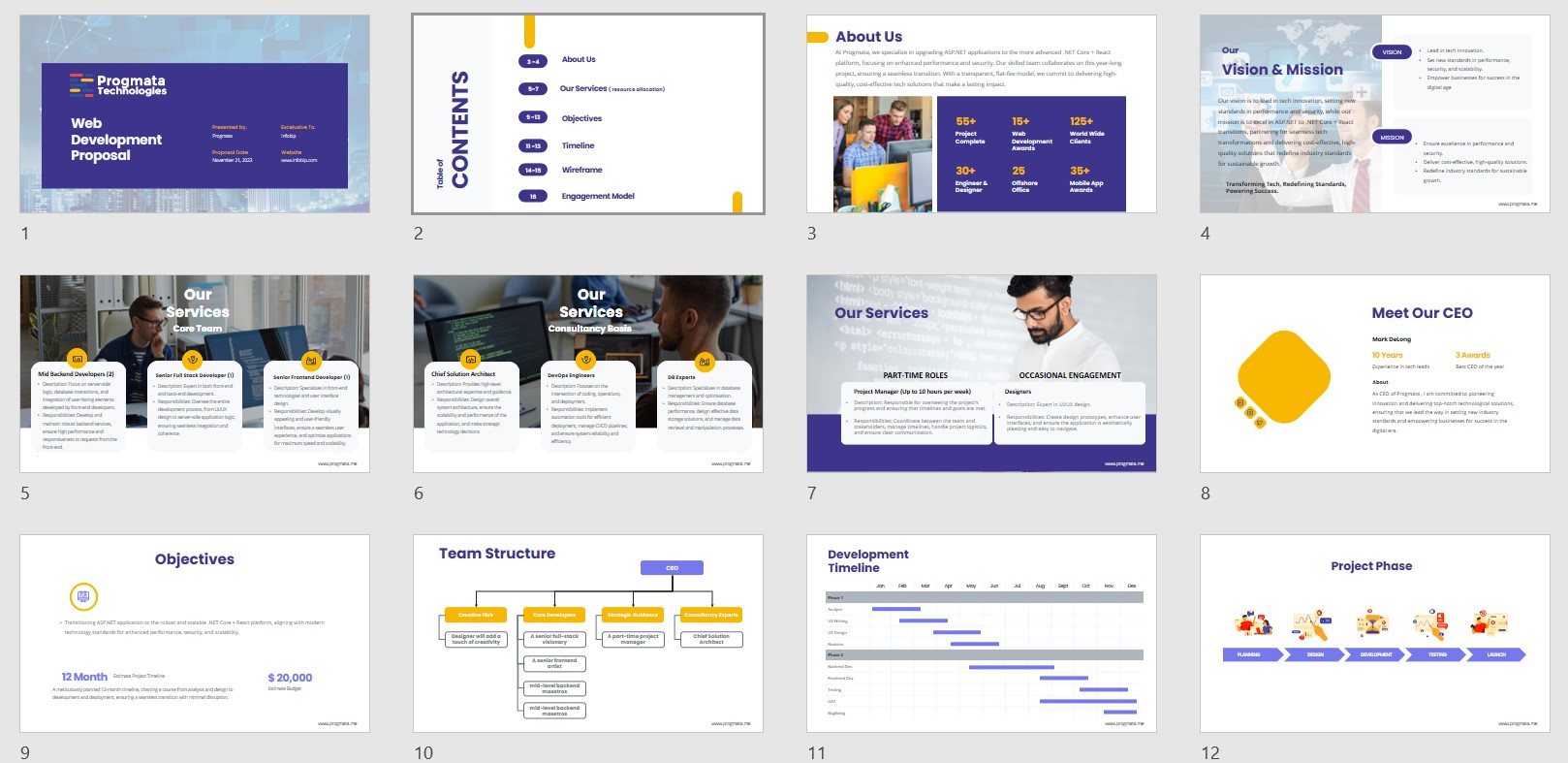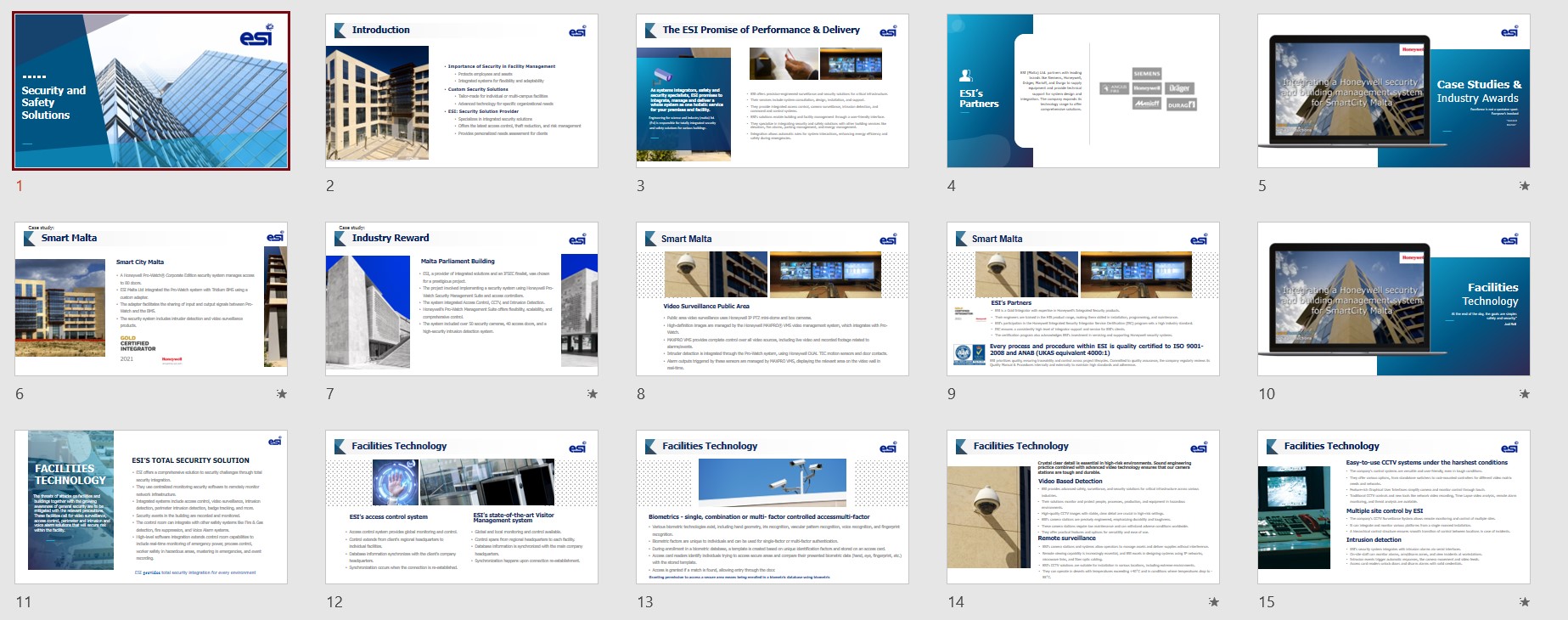Introduction to Securing Investment
In the dynamic landscape of entrepreneurship, securing investment is a pivotal step for startups aiming to scale operations and accelerate growth. A compelling pitch deck is your golden ticket to capturing the attention of potential investors. It serves as a visual narrative that outlines your business model, market opportunity, and strategic vision. This blog post delves into the essential components of a winning pitch deck for investors in the USA, providing a comprehensive guide to crafting a presentation that resonates with potential backers.
Understanding the Pitch Deck for Investors
The Essence of a Pitch Deck
A pitch deck is a concise, persuasive presentation created by entrepreneurs to present the business idea to potential investors. It is the cornerstone of any fundraising effort and acts as a snapshot of your company and its trajectory. The effectiveness of a pitch deck lies in its ability to communicate the core values, objectives, and strategies of the business within a limited number of slides.
Key Components of a Successful Pitch Deck
Creating a pitch deck that stands out requires a blend of storytelling, data presentation, and visual appeal. The most impactful decks cover essential topics such as the problem statement, solution, business model, market analysis, competitive landscape, go-to-market strategy, financial projections, and the team behind the venture.
Crafting Your Pitch Deck
Starting with a Bang
Begin your pitch deck by clearly stating the problem you are solving. This sets the context for your solution and helps investors understand the necessity of your product or service. Make sure this section is relatable and backed by relevant statistics to underscore the magnitude of the problem.
Showcasing the Solution
Following the introduction, present your solution. This is where you highlight how your product or service addresses the identified problem in a unique and effective way. Focus on the value proposition and what sets your solution apart from existing alternatives.
The Business Model How You Make Money
An essential component of your pitch deck is the business model. Investors want to see a clear path to profitability. Detail your revenue streams, pricing strategy, and any key financial assumptions. This section demonstrates your understanding of the market dynamics and how you plan to capture value.
Market Opportunity and Strategy
Understanding and articulating your market is critical. Provide a thorough analysis of your target market size, growth potential, and segmentation. Additionally, outline your go-to-market strategy, showcasing how you plan to capture and grow your market share.
Competitive Analysis Standing Out in the Crowd
No business exists in a vacuum. A competitive analysis shows investors that you are aware of the competitive landscape and have a plan to differentiate your offering. Highlight your unique selling points and how you intend to sustain a competitive advantage.
Financial Projections and Milestones
Financial projections provide a glimpse into your company’s potential financial performance over the next few years. Include revenue forecasts, expense estimates, and cash flow projections. Pair this data with key milestones you aim to achieve, offering a roadmap of your growth strategy.
The Team Your Startup’s Backbone
Investors invest in people as much as they do in ideas. Introduce your team, emphasizing each member’s background, expertise, and role in the company. This section should convey confidence in your team’s ability to execute the business plan.
Conclusion Making Your Pitch Memorable
Your pitch deck is more than just a presentation; it’s a reflection of your vision, strategy, and potential. It’s crucial to weave a narrative that not only conveys the facts but also engages and excites the investor. Remember, the goal of your pitch deck is not just to inform, but to persuade. Practice your pitch, refine your deck based on feedback, and keep your presentation concise and impactful. Click here SFTAA for more details.
As you embark on this journey, keep in mind that your pitch deck is a living document. It should evolve as your business grows and as you gain more insights into your market and customers. With a compelling pitch deck, you’re not just seeking funds; you’re inviting investors to be part of your startup’s journey to success.






